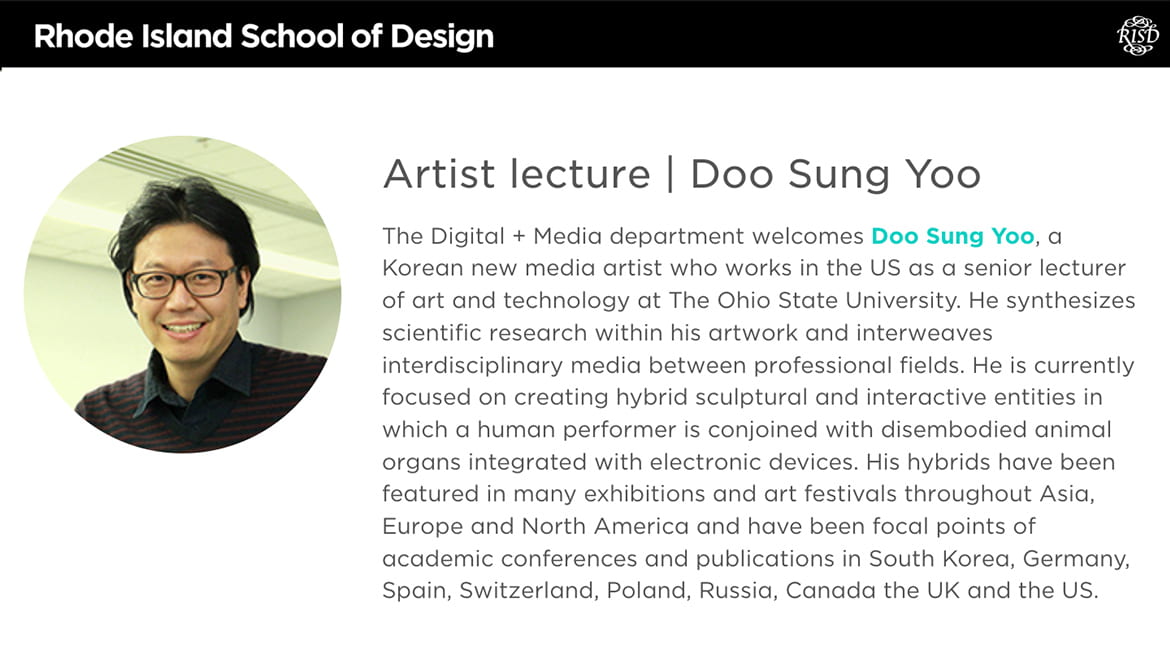An exhibition of student work throughout Hopkins Hall & Online
Dec 8, 5 – 7pm; First floor work on view through Dec 10
Set in a hybrid of online and physical space, A Textured Transmission is an exhibition of student artwork showcasing the range and depth of work coming from art & technology area courses in the department of art. After a semester of exploration with tools, technology, and time, students are ready to broadcast their ideas and accomplishments. This exhibition signals an exchange of ideas and carries an energy that emerges as we make our way back to physical spaces. It also melds with the new techniques and online spaces we have built over the past year. This is a textured transmission.
- First Floor Hallway: Digital Imaging | 3D Modeling | Moving Image Art | Computer Animation
- Collaboratory 167 & New Projects Lab 146: Studio Practice | New Media Robotics
- Hopkins 340: Art & Science of Roots
- Emerging Technology Studios 346: Virtual Reality and Video Game Artwork during the opening.
- Meet the Art & Tech Student Club! They will be tabling on the first floor during the opening.












 Art & Technology exhibition
Art & Technology exhibition